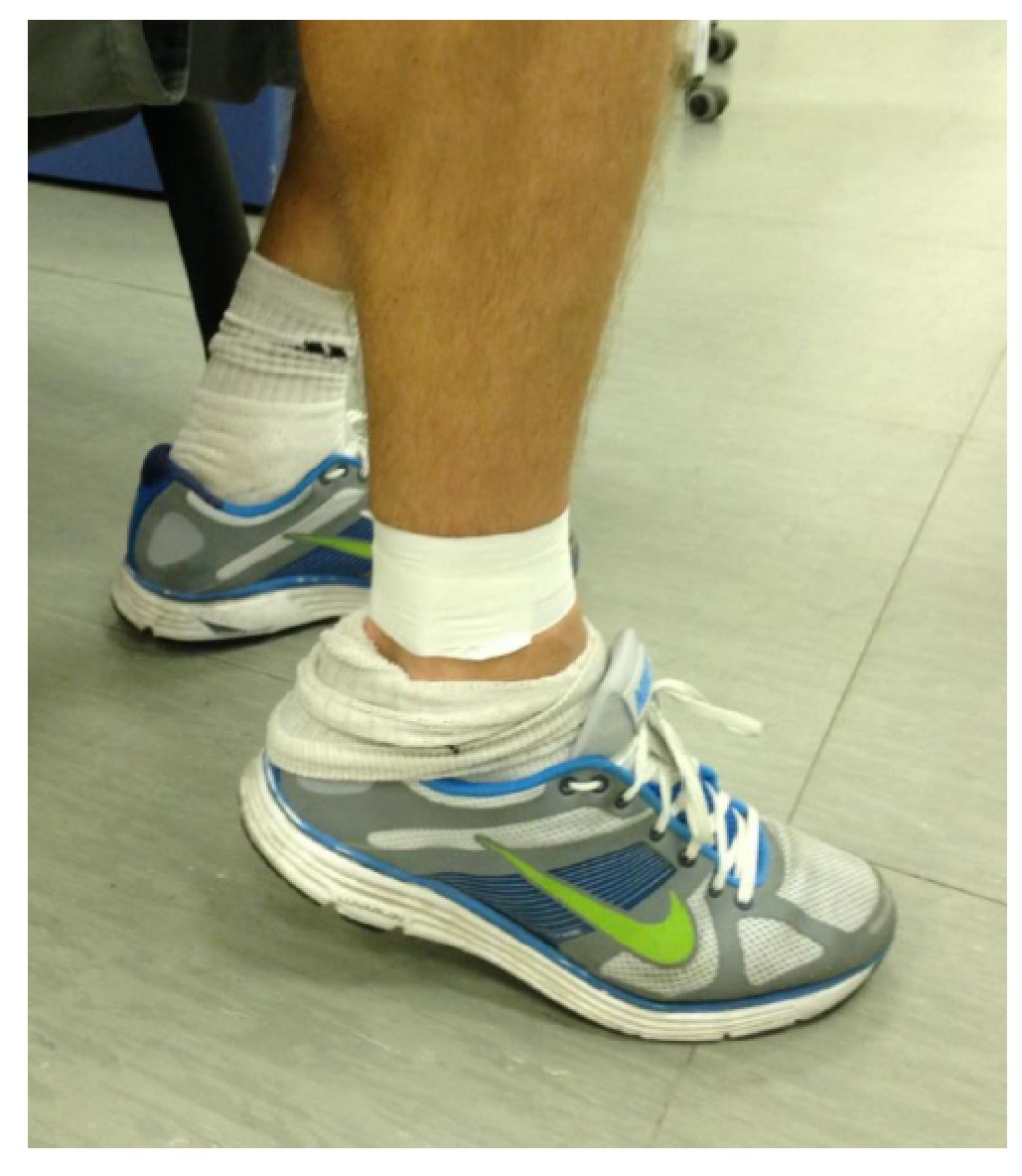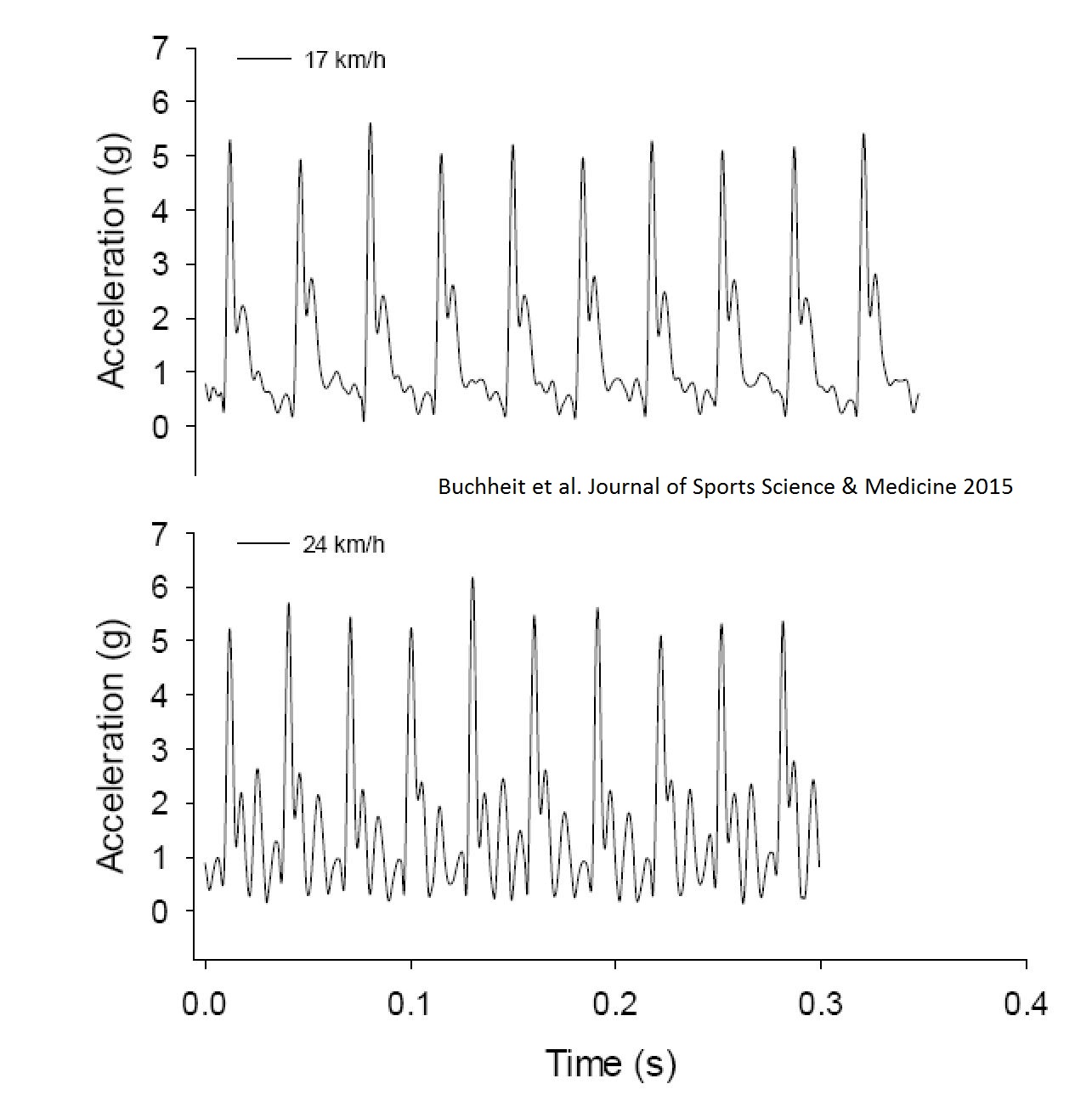Assessing stride variables and vertical stiffness with GPS-embedded accelerometers: preliminary insights for the monitoring of neuromuscular fatigue on the field
Buchheit, M., Gray, A., and Morin J.B. Assessing stride variables and vertical stiffness with GPS-embedded accelerometers: preliminary insights for the monitoring of neuromuscular fatigue on the field. Journal of Sports Science & Medicine, In press, 2015


Abstract
The aim of the present study was to examine the ability of a GPS-imbedded accelerometer to assess stride variables and vertical stiffness (K), which are directly related to neuromuscular fatigue during field-based high-intensity runs. The ability to detect stride imbalances was also examined. A team sport player performed a series of 30-s runs on an instrumented treadmill (6 runs at 10, 17 and 24 km/h) with or without his right ankle tapped (aimed at creating a stride imbalance), while wearing on his back a commercially-available GPS unit with an embedded 100-Hz tri-axial accelerometer. Contact (CT) and flying (FT) time, and K were computed from both treadmill and accelerometers (Athletic Data Innovations) data. The agreement between treadmill (criterion measure) and accelerometer-derived data was examined. We also compared the ability of the different systems to detect the stride imbalance. Biases were small (CT and K) and moderate (FT). The typical error of the estimate was trivial (CT), small (K) and moderate (FT), with nearly perfect (CT and K) and large (FT) correlations for treadmill vs. accelerometer. The tape induced very large increase in the right – left foot ∆ in CT, FT and K measured by the treadmill. The tape effect on CT and K ∆ measured with the accelerometers were also very large, but of lower magnitude than with the treadmill. The tape effect on accelerometer-derived ∆ FT was unclear. Present data highlight the potential of a GPS-embedded accelerometer to assess CT and K during ground running.
Keywords: movement tracking; fatigue monitoring;



